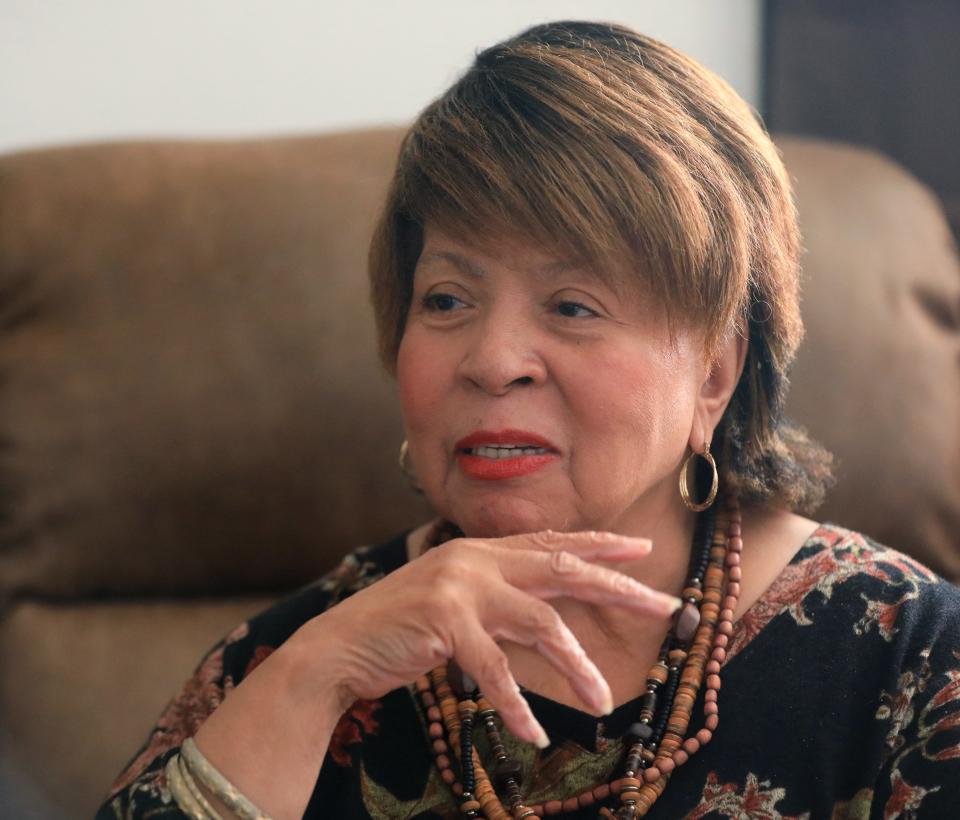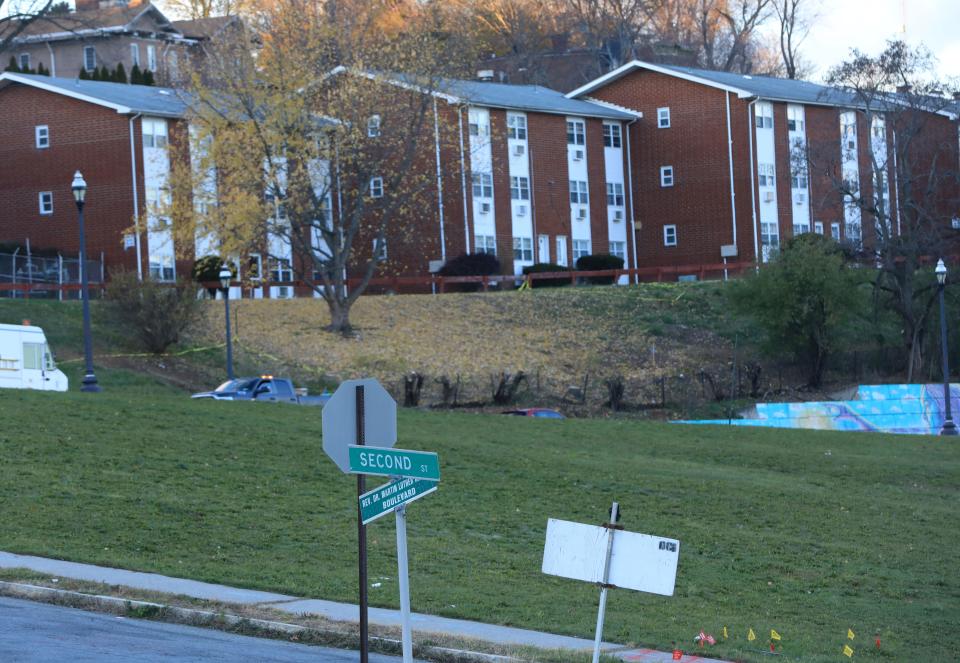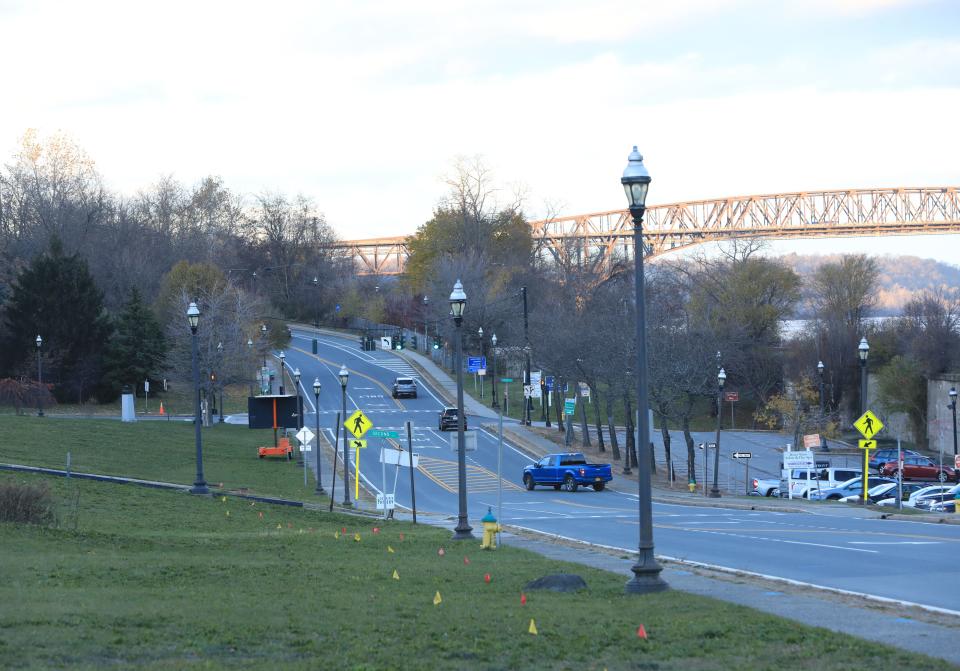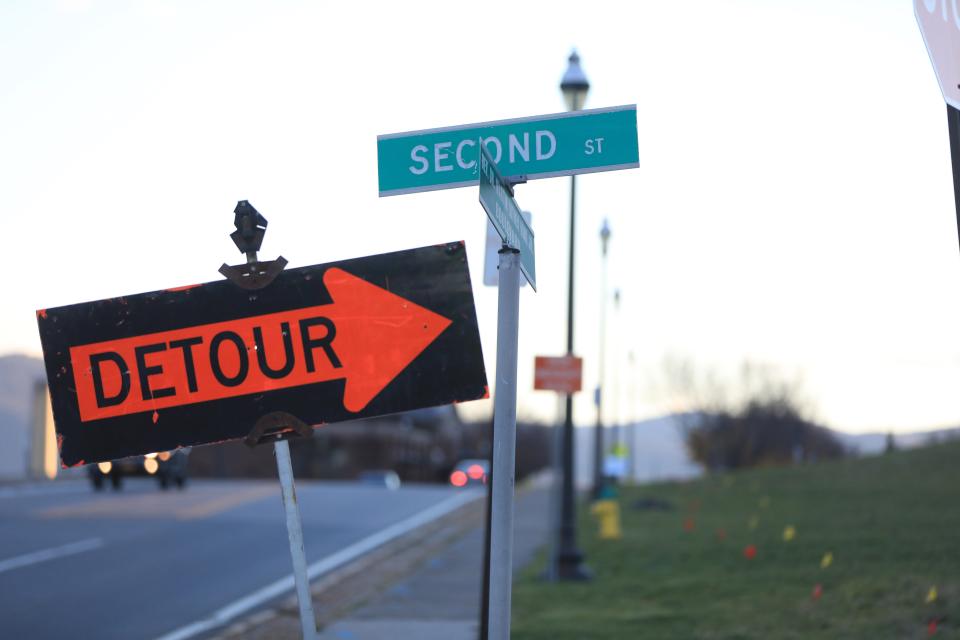Newburgh to include African American oral history project in K-12 curricula
CITY OF NEWBURGH – Lillie Howard has “beautiful, beautiful memories” about her childhood in Newburgh’s historic East End. She smiled when she recalled growing up in her grandparents’ three-story home on Smith Street and watching her grandmother tend to the garden.
“She liked to plant vegetables and things. She had a grape vine, and there was an apple tree in the backyard. She used to make her own wine from the grape vine,” Howard, who is 82, said enthusiastically and laughed. “It was just for the house.”

Howard’s grandparents, she said, worked hard on the railroad and in factories to save up enough money to buy the home. It was their pride and joy, Howard said.
“But urban renewal whacked everything. It just took everything from us,” she said. “My grandparents owned that house, and when urban renewal took their property, it was a death knell to my grandmother ... It broke her heart.”
Newburgh: Judge strikes down local Good Cause Eviction law
FBI raid: 11 alleged gang members charged after raid in Newburgh
During the 1950s and '60s, the Newburgh Urban Renewal Agency expropriated many of the homes and businesses along the Hudson River and leveled much of the East End Historic District. Howard said her family received some money for their home, but it was not nearly enough to compensate for what was lost. Howard said her grandmother died from a heart attack shortly after receiving news that her home would be lost to urban renewal.
"It seemed like the heart was taken from the people when that happened," Howard said. "People were separated, divided. That (neighborhood) was like one big family. Things have never been the same, really ... Money could never replace what was really taken."
The East End neighborhood has always been diverse, Howard said, but many of those affected by urban renewal were Black.

The city is hoping to document stories like Howard’s and teach future generations about the continuing effects of government-led segregation strategies, including urban renewal, in the East End during the 20th Century, said Mayor Torrance Harvey.
Harvey said the city is seeking individuals to share their stories related to the Black community in the East End Historic District, in addition to community interviewers to document these stories for an African American oral history project.
According to a statement from Harvey's office, the city hopes to speak with individuals with stories related to housing discrimination, anti-Black lending practices, suburbanization, and white flight in addition to urban renewal. The collected oral histories, the statement said, will eventually be incorporated into the Newburgh Enlarged City School District’s K-12 curricula.
The project — funded through the National Park Service’s African American Civil Rights grant program — is intended to "ensure historic preservation efforts prioritize cultural significance and community preservation alongside architectural integrity," according to the statement.
Numerous community organizations are considered stakeholders in this project, according to Corey Allen, the neighborhood revitalization specialist for Newburgh Habitat for Humanity.
"I can't wait to hear these stories and learn about how that neighborhood acted as a community," said Allen, who's grandfather was displaced by urban renewal.
Allen said he will act as an interviewer for the project and interviews are likely to start in January.
Teaching students about Newburgh's complicated past
Harvey, also a history teacher, said incorporating the oral history project into the school curricula will help history lessons “come alive.”
“This not only teaches the history of African Americans and the history of African Americans in Newburgh, but it also shows how local history ties into American history,” he said. “(It will showcase) some of the unsung heroes − African Americans that have lived in the city and their families who have lived in the city for decades. Their stories are now going to come alive in the curricula, and it's going to be local history, which like I said, ties into the national narrative.”
Howard said even though she still feels hurt by how the city treated her family in the past, she is glad to hear young people will soon learn about the vibrant neighborhood that once existed along the Hudson and why it is no longer there.

"They will never be able to have the experience of being there, but the stories being told about things and how they were at that time — those were good memories," she said. "And also, they should know how things can be snatched away from you, even if you own it ... There were a lot of people on that block who were first-time homeowners, and their dreams were just taken away."
Cindy Holmes, 63 and a former member of the city council, said when she was a young girl, her family was forced to abandon their home and businesses as a result of urban renewal.
"The displacement caused a total depression and mental shock," she said. "There were a lot of prayers just to try and get through. You knew you had to get out, but you didn't know where to go."
Newburgh's students should learn about this history, she said, but it isn't enough.
"I do think they should teach this history, but I don’t think it's a good look unless they also show how they are trying to rectify it," Holmes said. "Because how do you think student are going to feel? Especially Black students? You can't just say 'this is what they did.'"
Geraldine Howard, 83 and of no relation to Lillie Howard, who has lived on Liberty Street in the East End since 1962, said the area used to be a quiet neighborhood where homeowners sat out on their front porches and enjoyed fresh air. Now, she said, very few longtime homeowners remain. Liberty Street appears to be mostly renters and college students from Mount Saint Mary College.
"I don't think they know the history of this neighborhood at all," Howard said about the East End's newer residents. "It was a nice, peaceful, quiet neighborhood. It was dandy. Now they park the cars there and now we can't find a place to park."
She said young people should learn more about the history of the neighborhood. Maybe then, she said, younger generations will be more respectful.
What was lost
When her childhood home was leveled, Lillie Howard was a young woman in her 20s. Today, the land is still vacant.
"It's been so long. It's been so many years that land has been allowed to lay dormant. So many years. It's criminal. That's the way I feel about it," she said. "I'm 82 years old now ... So that shows you how many years."

Eventually, Howard said she hopes to see the land previously leveled by urban renewal redeveloped and transformed into something that adds value to the community. However, she is critical of current plans for a residential and commercial development on the land and would like to see more Black people and people whose families were impacted by urban renewal involved in the process of determining what should be built.
"(What was there) can never be duplicated," she said.
Holmes agreed and said she would like to see Newburgh give some sort of reparations to families of those who lost property during urban renewal. The city, she said, should focus on mending its relationship with those scorned by urban renewal and other 20th Century government practices that disproportionately affected Black people before developing urban renewal land. She would like to see Newburgh use the oral history project to inform how they go about that process.
"You have people who lived in Newburgh like myself who were born and raised in Newburgh, and we know the history. For Newburgh to really grow and be great, you need everybody to be on one page. But right now, you have so many people forgetting about the past so they can focus on the future," Holmes said. "But you have a lot of people who are still hurting from the past. We are watching people who still have their family homes that are worth a million dollars now. But ours were stolen from us."
Hopefully, Howard said, this oral history project can help shed some light on the ongoing effects of government-led segregation over the course of the 20th century.
"When I talk about urban renewal, it is painful for me because I know what I lost due to urban renewal," Howard said. "That pain can never be erased."
Those who wish to be interviewed for the oral history project, or to participate in the project as an interviewer, are asked to contact Neighborhood Stabilization Coordinator Nick Edward at (845) 569-9400, or by email at nedward@cityofnewburgh-ny.gov.
Erin Nolan is an investigative reporter for the Times Herald-Record and USA Today Network. Reach her at enolan@gannett.com.
This article originally appeared on Times Herald-Record: Newburgh to include local oral histories in public school curricula

